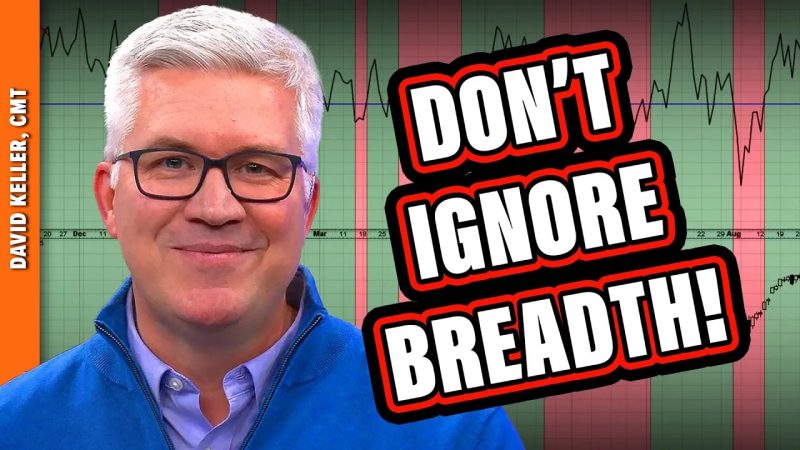1. Volume Oscillator (VO)
The Volume Oscillator is a powerful technical indicator that measures the difference between two volume moving averages. It is essential for traders and investors to understand the trend in trading volume over a specified period. By using the Volume Oscillator, market participants can gain valuable insights into changes in buying and selling pressure, helping them make more informed trading decisions. This indicator is particularly useful in identifying potential trend reversals before they occur, making it a key tool for staying ahead in the market.
2. ADX (Average Directional Index)
The Average Directional Index (ADX) is a popular trend strength indicator that helps traders determine the strength of a trend, whether it is up or down. By measuring the strength of a trend, traders can gauge the potential for continued movement in that direction or a possible reversal. The ADX is also used to identify when a market is ranging or consolidating, providing crucial information for traders looking to enter or exit positions. By incorporating the ADX into their analysis, traders can improve their overall trading performance and increase their profitability.
3. On-Balance Volume (OBV)
On-Balance Volume (OBV) is a volume-based indicator that helps traders track the flow of funds into and out of a security. The OBV indicator is calculated by adding the volume on up days and subtracting the volume on down days, providing insights into the buying and selling pressure behind price movements. By analyzing changes in OBV, traders can detect potential trend reversals or confirm the strength of an existing trend. This indicator is particularly useful in identifying divergences between price and volume, which can signal a potential shift in market sentiment.
4. MACD (Moving Average Convergence Divergence)
The Moving Average Convergence Divergence (MACD) is a popular trend-following momentum indicator that helps traders identify the strength and direction of a trend. By calculating the difference between two exponential moving averages, the MACD generates signals based on bullish and bearish crossovers. Additionally, the MACD histogram provides visual representation of the distance between the MACD line and the signal line, offering further insights into trend strength and momentum. Traders often use the MACD indicator in conjunction with other technical analysis tools to make more accurate trading decisions.
5. VIX (CBOE Volatility Index)
The CBOE Volatility Index (VIX) is a key indicator of market volatility and investor sentiment. Often referred to as the fear gauge, the VIX measures the expected volatility of the S&P 500 index over the next 30 days. High levels of volatility in the market are typically associated with increased uncertainty and risk aversion among investors, while low levels of volatility can indicate complacency and a lack of market fear. Traders can use the VIX to gauge market sentiment and assess the potential for sharp price movements. By keeping a close eye on the VIX, traders can better prepare for changing market conditions and adjust their trading strategies accordingly.
Overall, understanding and utilizing these top five breadth indicators can greatly enhance a trader’s ability to interpret market dynamics, identify profitable opportunities, and manage risk effectively. By incorporating these indicators into their technical analysis toolkit, traders can stay ahead of the curve and make informed decisions in today’s fast-paced and ever-changing financial markets.

